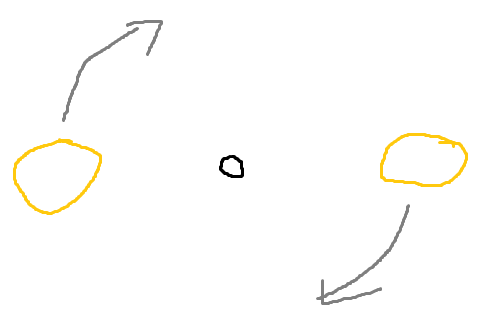A planet can have multiple stars. You have 2 important conditions that you need to meet.
1-The system must be stable. With multiple stars, you will face the n-body problem. This problem arise when you have multiple celestial bodies that interact with each others. You can't place the bodies where you want and expect the system to be stable without taking in consideration how the will influence the other bodies.
n-body problem: This problem can be illustrated in our own solar
system. The Sun is 1047 times the mass of Jupiter. But even with such
huge difference, Jupiter is considered heavy. So heavy that the
center of the system is not in the center of the Sun. Jupiter makes
the Sun ''wobble'' toward her a little. Now imagine that Jupiter was
a red dwarf and 100 times more massive.This would make the Sun move
even more and also the other planets of the system.
To get rid of the problem, you can move object away. it should make
the system more stable. I don't have the numbers but I know there is
a formula somewhere.
- Hill sphere: One important thing I could say is that your planet
orbit need to be located completely inside one of the star hill
sphere. This sphere is where the gravity of a given body is stronger
than the other bodies. The Sun has a hill sphere, Earth, the Moon,
all celestial bodies have one. The size of the sphere depends on the
mass of the body, the mass of the larger body and the distance
between the large and smaller body. The more massive is the smaller
body, the larger is the sphere. The closer the larger body is form
the large one, the smaller is the sphere. Even if the planet stays
inside the sphere, other forces can make the planet change course if
she goes too close to the sphere's limit.
To have a multiple star system, you can either have the stars close
to the center of the system. Or they can be far from each other: the
planet orbit the smaller star and the smaller star also orbit a
bigger star far away.
When the stars are in the center, they need to be close to each
other. Otherwise, it will make a larger difference of gravity pull
depending which star is closer to the planet. This means that the
planet cannot have a stable orbit unless she is very far aways form
the center. This probably falls outside the habitable zone.
When the stars are far away, it's simpler. Make sure your planet is
comfortable inside the hill sphere of the closest star and don't
worry about the rest.
And if the planet needs to be habitable by mankind.
2- The planet must not be too hot.
Multiple stars means multiple sources of heating. And you need to consider this as well.
To find the impact on temperature on the planet, check this out: http://www.cartographersguild.com/attachment.php?attachmentid=66387&d=1407439779
you need to make the calculation for each star in the system.




